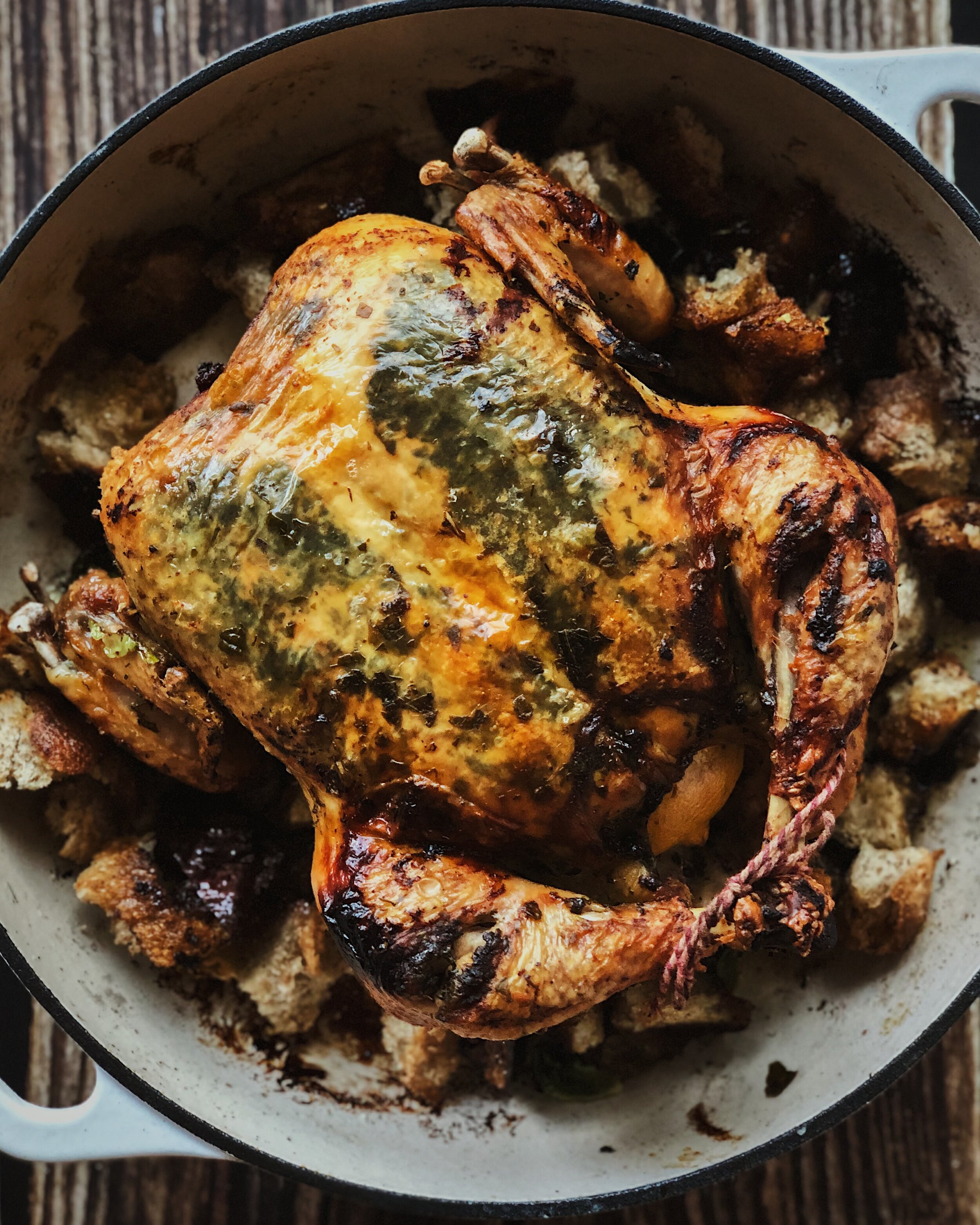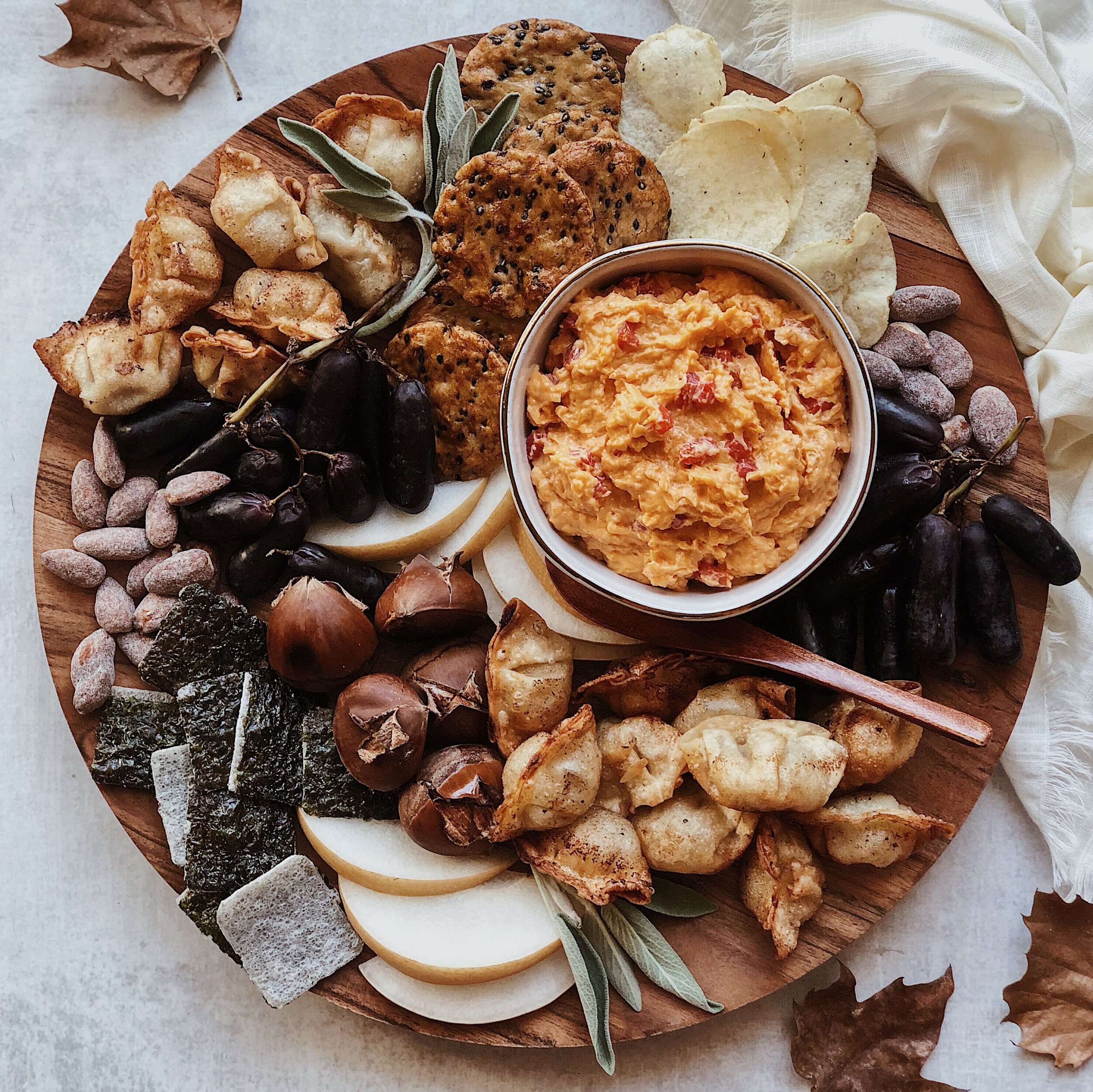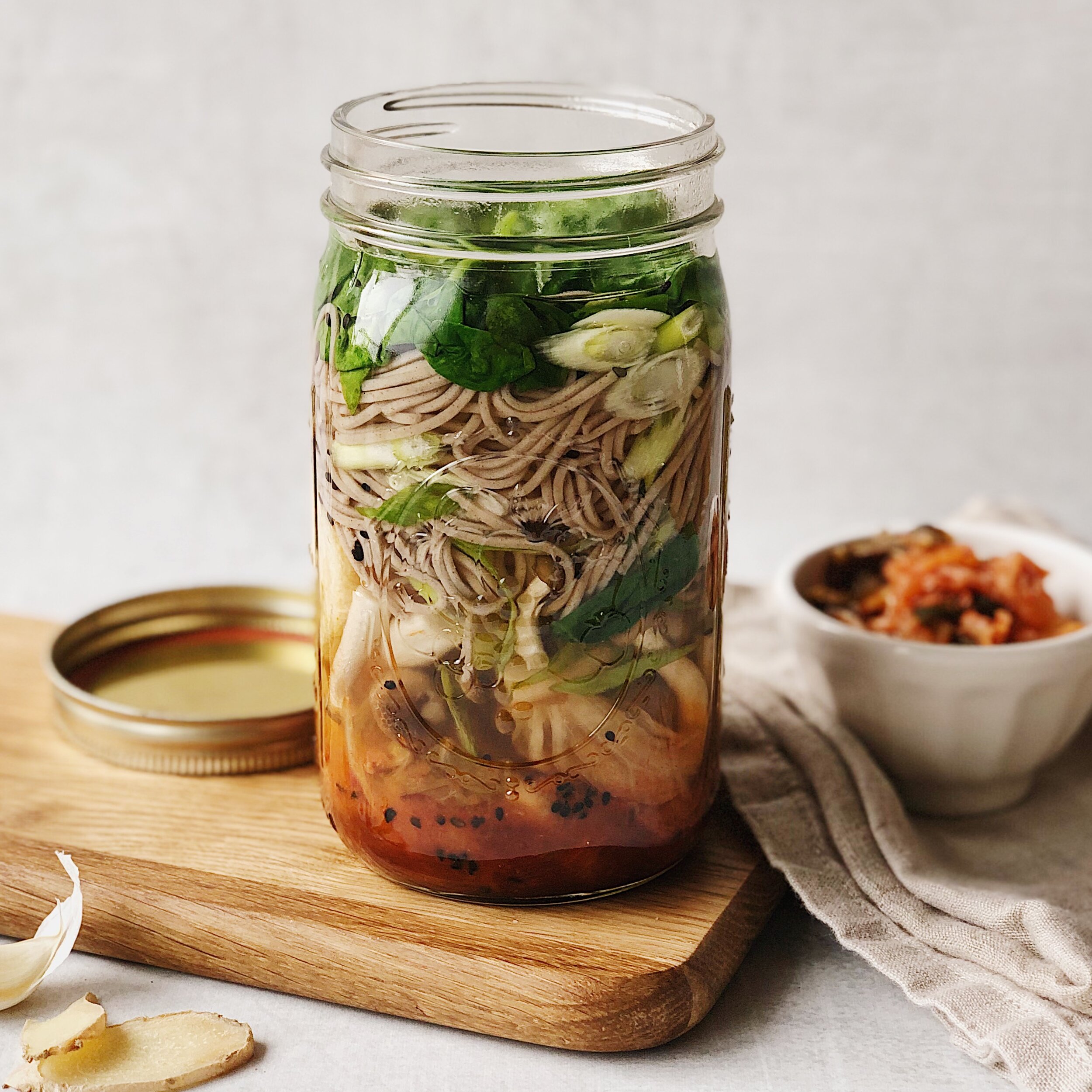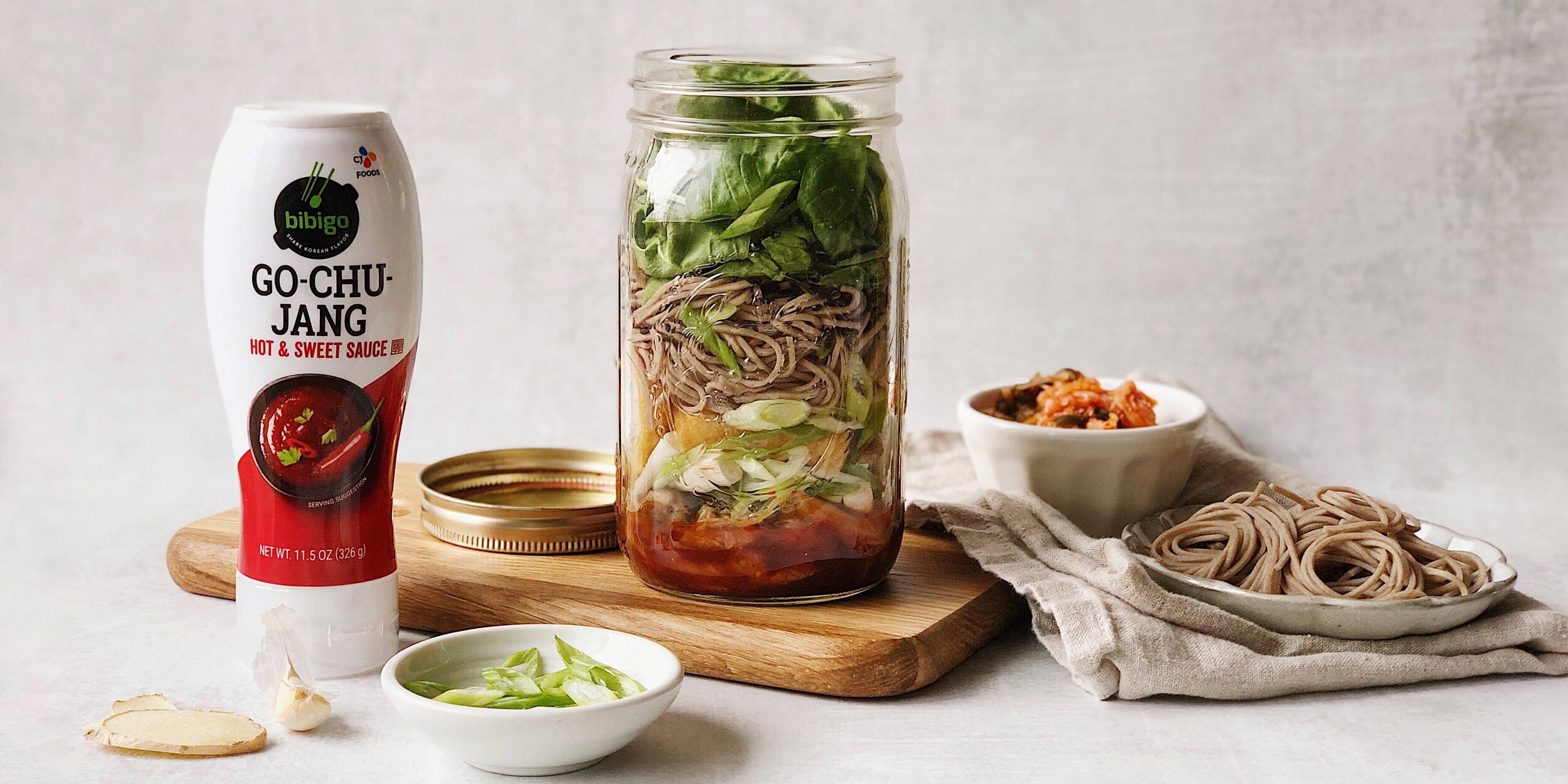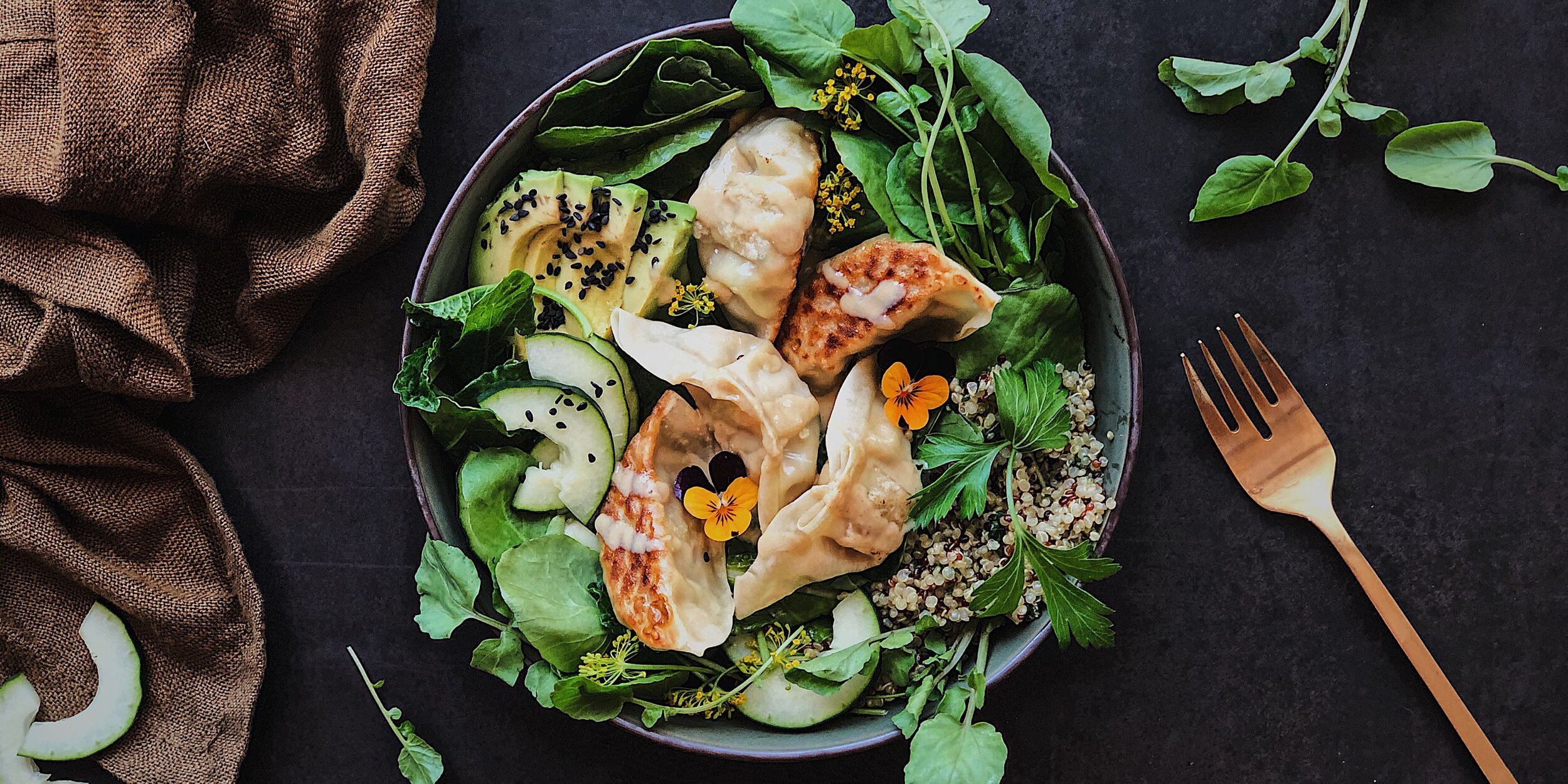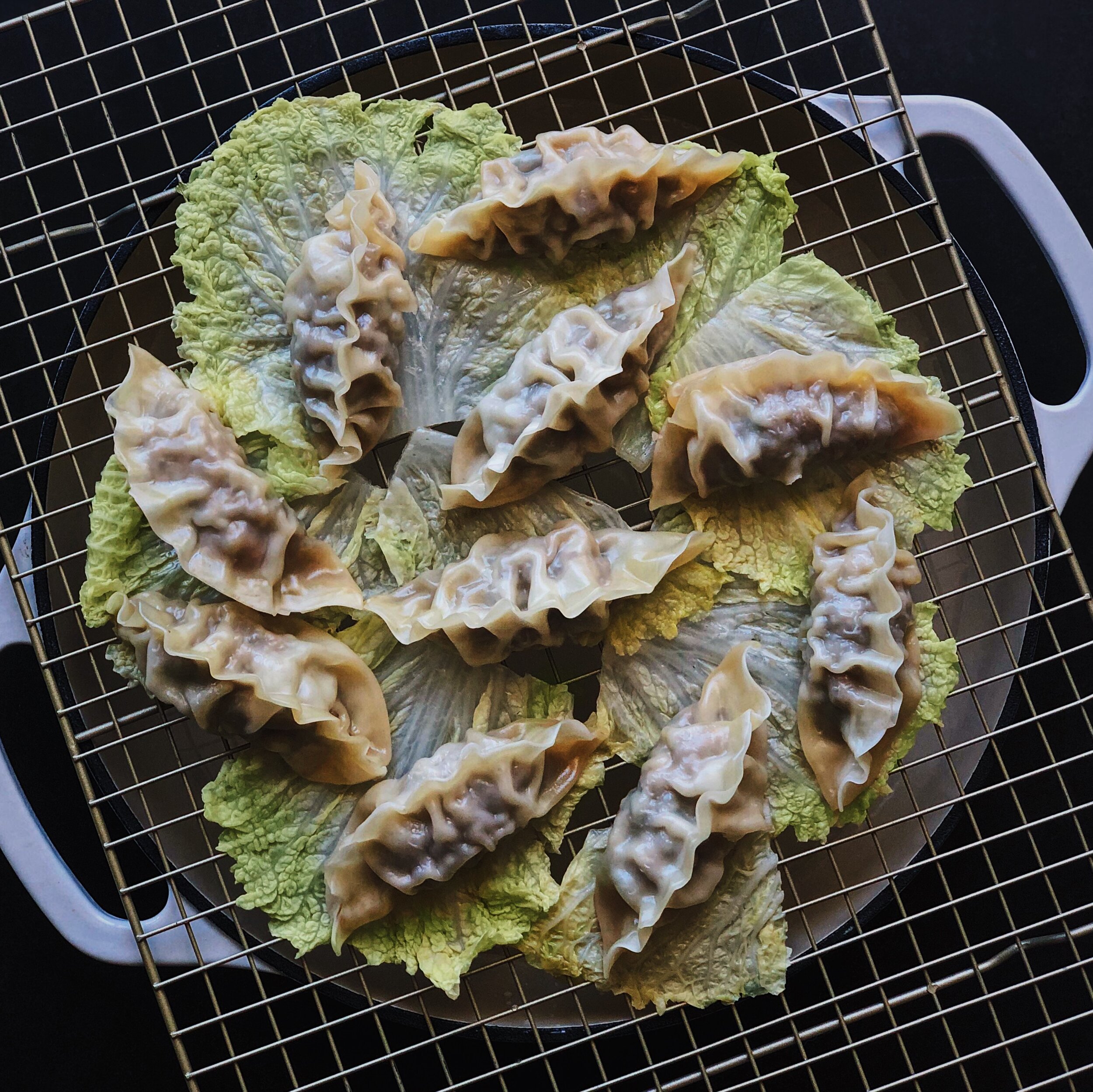Recipe: Herby Roast Chicken with Schmaltzy Croutons
/I’m going to state the obvious here: There are many ways to roast a chicken. This is the way that works best for me, fitting my personal circumstances—which are mostly that I am too cheap to buy a meat thermometer. I feel this is not a particularly niche circumstance, so my hope is that this recipe may be of use to some of you too. This recipe is based on a couple of YouTube videos: this one by Jamie Oliver, and the “pro chef level” from this Epicurious video. I admit that even armed with my recipe below, it is worth watching the Jamie Oliver one, as much of my bird prepping technique comes from there, and without the budget for even a meat thermometer it goes without saying that my video budget does not compare to his. However, following his technique directly did NOT work for me. It resulted in medium-done chicken legs, which is just not a good look. That’s why I am here, writing this recipe that DOES work for me!
While most of my recipes are intended to show that cooking need not be mysterious or intimidating, this recipe in particular does require having at least a touch of confidence in the kitchen. It involves heaving a big, heavy cast iron vessel in and out of an almost-500-degree oven, flipping a big chicken, and having calloused enough hands from prior kitchen wear and tear to not be afraid to truss the legs mid-roast. On the other hand, though, it may be less intimidating than, say, spatchcocking a chicken for those who are not confident about their kitchen shearing skills. Every cooking task involves at least a little bit of danger, so please just be smart and careful.
Not only is this THE recipe that allows me to get flavorful crispy skin and perfectly cooked juicy chicken each time, it makes full good use of one of the best outcomes of a roast chicken: the schmaltz! Schmaltz is the chicken fat that gets rendered out of the chicken as it roasts. In this recipe, that wonderfully flavorful greasy goodness, along with those chicken pan juices that also get expressed from the roasting chicken, get their proper treatment as a feature of the dish—rather than just an extraneous side effect. Adding torn pieces of bread into the pan partway through the roasting gives them time to really soak up these precious liquids, pulling them away from interfering with the crisping of the chicken skin and transforming the bread into something outrageous: schmaltzy croutons. Here’s what the whole dish looks like right out of the oven before garnishing:
(The time that I made this for the photos, I forgot to tuck the wingtips and then had a failed attempted at correcting partway through…nothing that can’t be resolved later with garnishing magic.)
I’m using the term “croutons” here because I don’t know what else to call them; they are toasty on the top and soaked with chicken juice and fat on the bottom. After all is said and done with the chicken, these heavenly morsels can be used in a few different ways:
Stuffing/Dressing: While the chicken is roasting, sauté some chopped celery and chop up some rosemary and sage on standby. When the chicken is resting on the carving board, remove the garlic halves from the chicken cavity and scoop out the flesh; add those back into the pan of croutons. Remove the onion skins and mash the garlic and onion in the pan with a fork or potato masher. Add the sautéed celery and fresh herbs. Add other stuffing components to your liking. Beat together an egg and some boxed broth, pour it over the pan mixture, and fold everything together. Press it all gently into an even layer then put the pan back in the oven (turned down to 400°F) and bake until the egg is cooked through. (This is what I’ll be doing this year for my mini roast chicken Thanksgiving for two.)
Panzanella: Toss the croutons with some baby arugula, microgreens, and beautiful tomato chunks. Roughly chop the roasted onion and add that too. Remove the lemon that is stuffed inside the chicken cavity, squeeze it over the whole mess, and give everything another toss. Now you have a bread salad that perfectly complements your roast chicken.
You can also just straight up eat your chicken fat toasted bread cubes out of the pan as you wait for your chicken to rest. Sharing optional. Call it the chef’s special!
How to Make Herby Roast Chicken (with Schmaltzy Croutons)
Ingredients
1 chicken (about 4.5 lbs*), cleaned and giblets removed
2 tbsp butter
handful of fresh herbs
1 small red onion
1 head of garlic
1 lemon
lots of kosher salt
olive oil
1 tbsp wagyu fat or butter
1/2 loaf crusty bread, sourdough recommended
pomegranates, fresh herbs, lemons for garnish (optional)
* A 4.5-pound chicken requires 1 hour total bake time. For chickens ±0.5 lb, go with the formula (# of pounds) x 10 + 15 minutes to calculate the bake time, and adjust the following times proportionally. Chickens of sizes outside of this range, have not been tested with this recipe.
Procedure
The night before: Thoroughly rub the chicken dry, inside and out, with paper towels. You want it to be as dry as possible to produce crispy skin. Season generously with salt (but keep in mind you are not trying to salt-cure the thing; season as you would if you were cooking something right away). Place uncovered in the fridge overnight.
The next day, wipe off any excess salt or extracted moisture. With the chicken placed breasts-up, insert a small spatula or the back of a spoon from the bottom to carefully separate the skin from the meat. Remove the endcaps off the drumsticks, if desired. Then, on each drumstick, make the following 3 deep slits: in the thickest part of the drumstick, in between the leg and thigh, and in the thickest part of the underside of the thigh. (This is what will help cook the bird evenly.)
Place a shallow, large cast iron brasier or skillet on the middle rack of your oven, and preheat to 475°F. (Your vessel should be much larger than the chicken, to accomadate the bread and allow for airflow.)
Roughly chop a mixture of fresh herbs. Drizzle a bit of olive oil on top and season with a couple pinches of salt. Mix together with your fingers then stuff the herb mixture under the skin of the chicken, in both the breast area and through the slits you made in the drumsticks. Rub the residue from your hands onto the outside of the chicken. Stuff 1 tablespoon of butter under the skin over each breast. Tuck the wing tips under the torso of the chicken.
Cut the head of garlic in half and stuff into the cavity. Stab the lemon all over with a paring knife, then microwave for 30 seconds. Stuff into the cavity. Cut the onion (skin on) in half and set aside.
When the oven is ready, carefully add 1 tablespoon of wagyu fat or butter into the preheated cast iron pan and coat the bottom of the pan. Add the onion halves then place the chicken, breast-side-down, in the pan. Bake for 30 minutes.
After 30 minutes, flip the chicken over and tie the ends of the drumsticks together with kitchen twine. Return to the oven for another 15 minutes.
In the meantime, tear up the bread into about 1-inch chunks. Add the bread evenly around the chicken, then bake for another 15 minutes (or until juices run out clear when you stab the thigh with a toothpick).
Remove the chicken from the pan and place on a cutting board to rest. Cut off the twine and remove the lemon and garlic. Allow the chicken to rest for at least 15 minutes before carving. See notes above for what to do with the bread…or simply trust your instincts ;)













